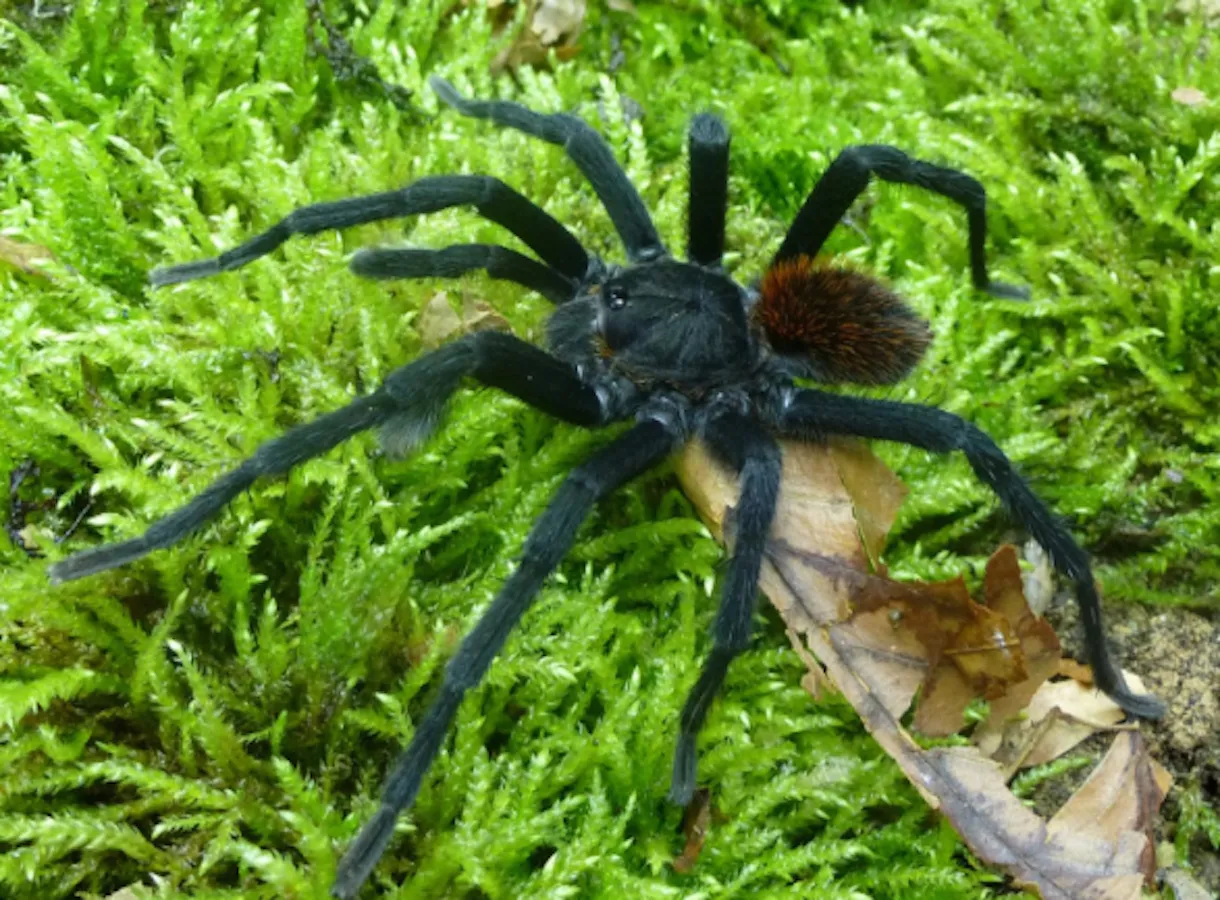The World’s Most Dangerous Tarantulas
Tarantulas, with their imposing size and often intimidating appearance, have captivated and sometimes frightened humans for centuries. While most tarantulas are not considered deadly to humans, a few species possess potent venom and exhibit aggressive behaviors that warrant caution. Understanding the characteristics of these dangerous tarantulas is crucial for enthusiasts, researchers, and anyone who might encounter them. This article delves into the top 5 most dangerous tarantula species, exploring their unique traits, venom potency, and behaviors, providing essential facts to ensure safety and appreciation for these fascinating creatures.
The Goliath Birdeater
Size and Appearance
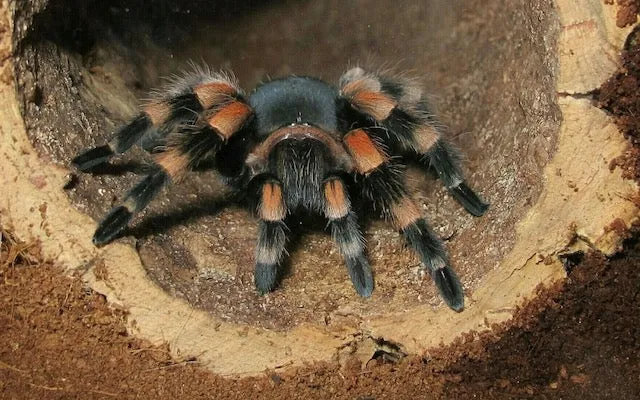
The Goliath Birdeater (Theraphosa blondi) earns its name from its enormous size, with leg spans that can reach up to 12 inches. These colossal spiders are among the largest tarantulas in the world, boasting a robust, hairy body and formidable fangs. Their coloration is typically a dark brown, providing excellent camouflage in their native habitats. Their sheer size alone makes them a noteworthy presence, and their appearance is a clear indicator of the power they possess. The Goliath Birdeater’s size is a key factor in its ability to subdue prey, including small birds, lizards, and insects.
Venom and Effects
While the Goliath Birdeater’s venom is not usually life-threatening to humans, its bite can be extremely painful. The venom causes symptoms such as muscle cramps, nausea, and localized pain that can last for several hours or even days. In addition to their venom, these tarantulas have urticating hairs on their abdomen that they can flick at perceived threats, causing skin and eye irritation. This combination of a painful bite and irritating hairs makes them a species to be handled with extreme care.
Habitat and Behavior
Found in the rainforests of northern South America, the Goliath Birdeater is a terrestrial spider that lives in burrows. They are nocturnal hunters, ambushing their prey in the darkness. While not inherently aggressive, they will defend themselves if threatened, often raising their front legs in a defensive posture and hissing to warn off potential attackers. Their size, combined with their defensive behaviors, makes them a formidable opponent in their natural environment. These spiders are generally solitary, only coming together to mate.
The Brazilian Wandering Spider
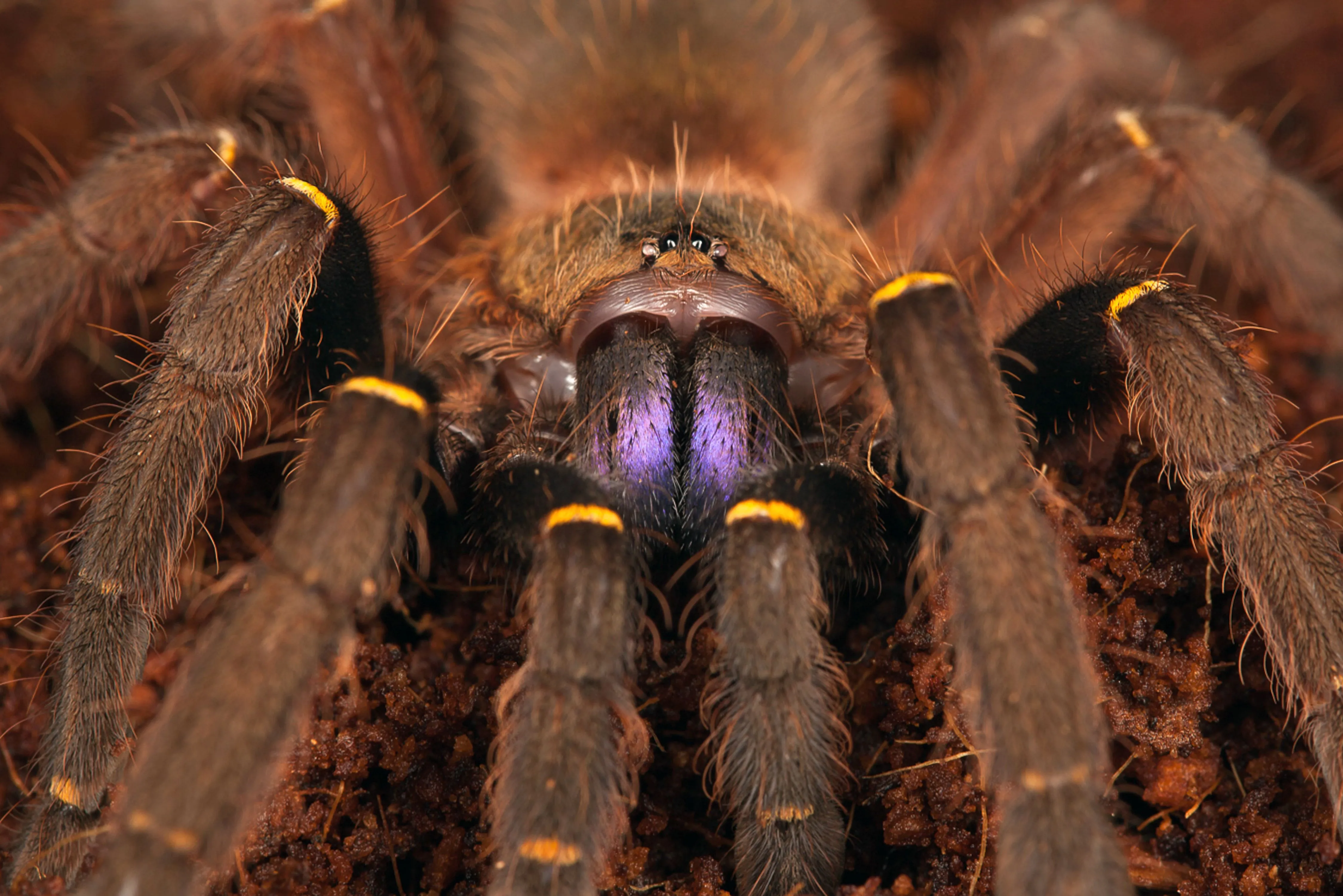
Venom and Toxicity
The Brazilian Wandering Spider (Phoneutria spp.) is one of the most venomous spiders in the world. Their venom contains a complex cocktail of toxins that can affect the nervous system, leading to severe symptoms. A bite can cause intense pain, sweating, increased heart rate, and even priapism (prolonged and painful erection). The venom is potent enough to be lethal to humans, especially if antivenom is not administered promptly. Their venom is a significant concern due to its rapid action and the severity of its effects.
Aggressive Behavior
Unlike many tarantulas that rely on their size and ambush tactics, Brazilian Wandering Spiders are known for their aggressive behavior. They actively wander the forest floor at night, searching for prey, and are prone to a defensive stance if disturbed. They will often raise their front legs and display their fangs, making them easily identifiable. This combination of highly toxic venom and aggressive behavior makes them particularly dangerous to humans.
Habitat and Range
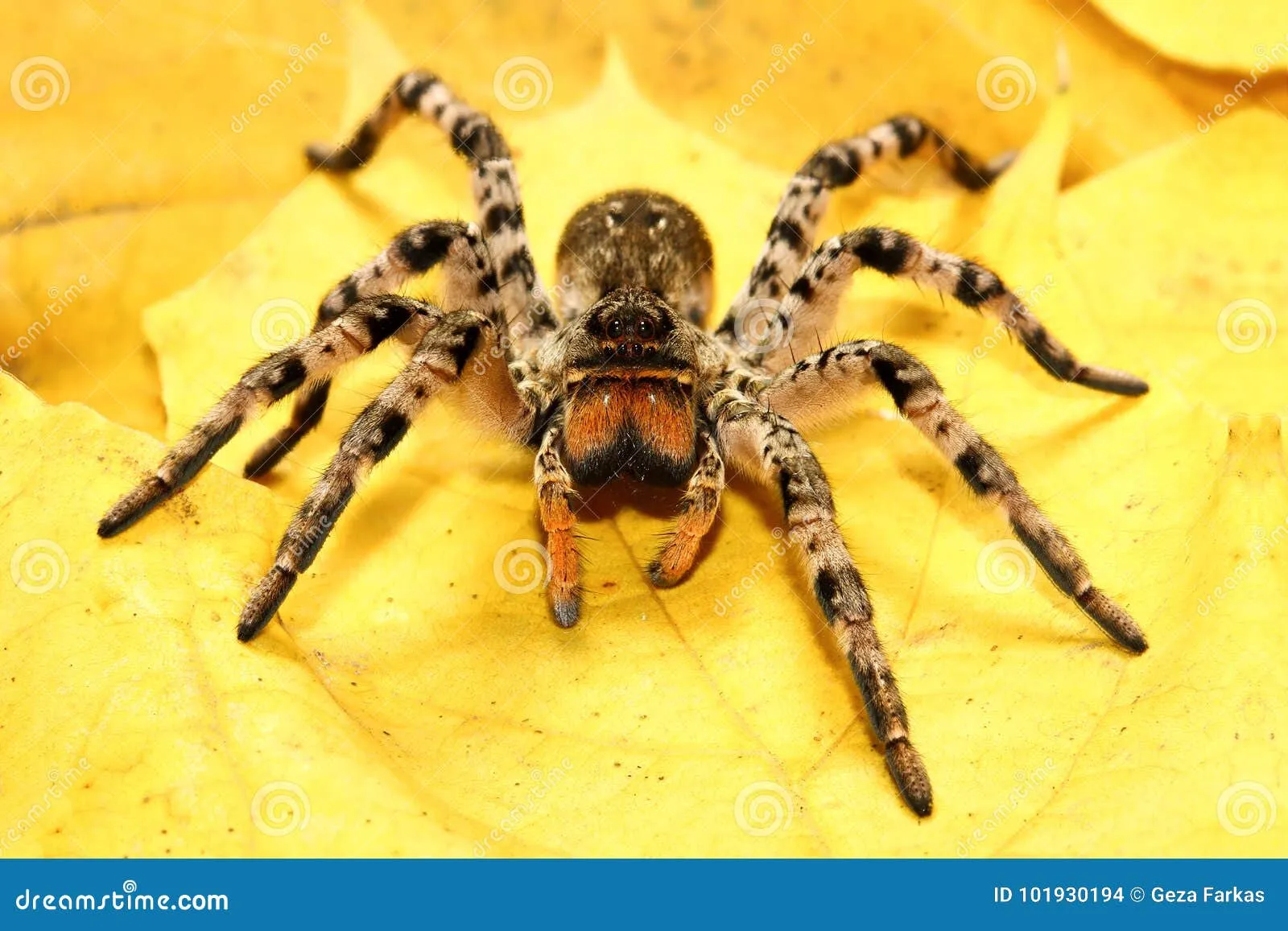
These spiders are found in various parts of South America, especially in Brazil, and they often hide in dark, sheltered places, including houses and shoes, which increases the risk of human encounters. Their wide range and tendency to wander make them a more significant threat compared to spiders that are less active or restricted to specific habitats. Public health campaigns often focus on educating people about checking shoes and clothing to avoid bites.
The Red Fang Spider
Venom Potency
The Red Fang Spider, a name often used to describe various species in the genera Nhandu and Lasiodora, is known for its potent venom. While not as deadly as the Brazilian Wandering Spider, their venom can cause significant localized pain, muscle cramps, and other systemic symptoms. The severity of the bite often depends on the amount of venom injected and the individual’s sensitivity.
Defensive Mechanisms
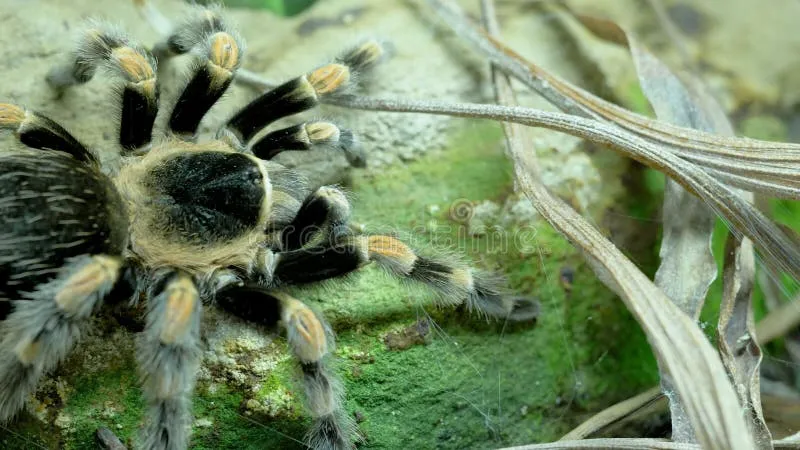
These tarantulas are known to be defensive and will readily bite if they feel threatened. They also have urticating hairs, which can cause irritation to the skin and eyes. Their combination of potent venom and defensive behaviors makes them a species to be treated with caution. Red Fang Spiders often display a threat posture, raising their front legs and fangs, making it clear they are ready to defend themselves.
Habitat and Diet
Found primarily in South America, Red Fang Spiders are terrestrial hunters that typically inhabit burrows or other sheltered areas. They feed on insects, small rodents, and other invertebrates, employing ambush tactics to catch their prey. They are a significant part of their local ecosystems, helping to control populations of smaller animals. Their diet and habitat make them common in certain regions, increasing the likelihood of human interaction.
The Chinese Bird Spider
Appearance and Characteristics
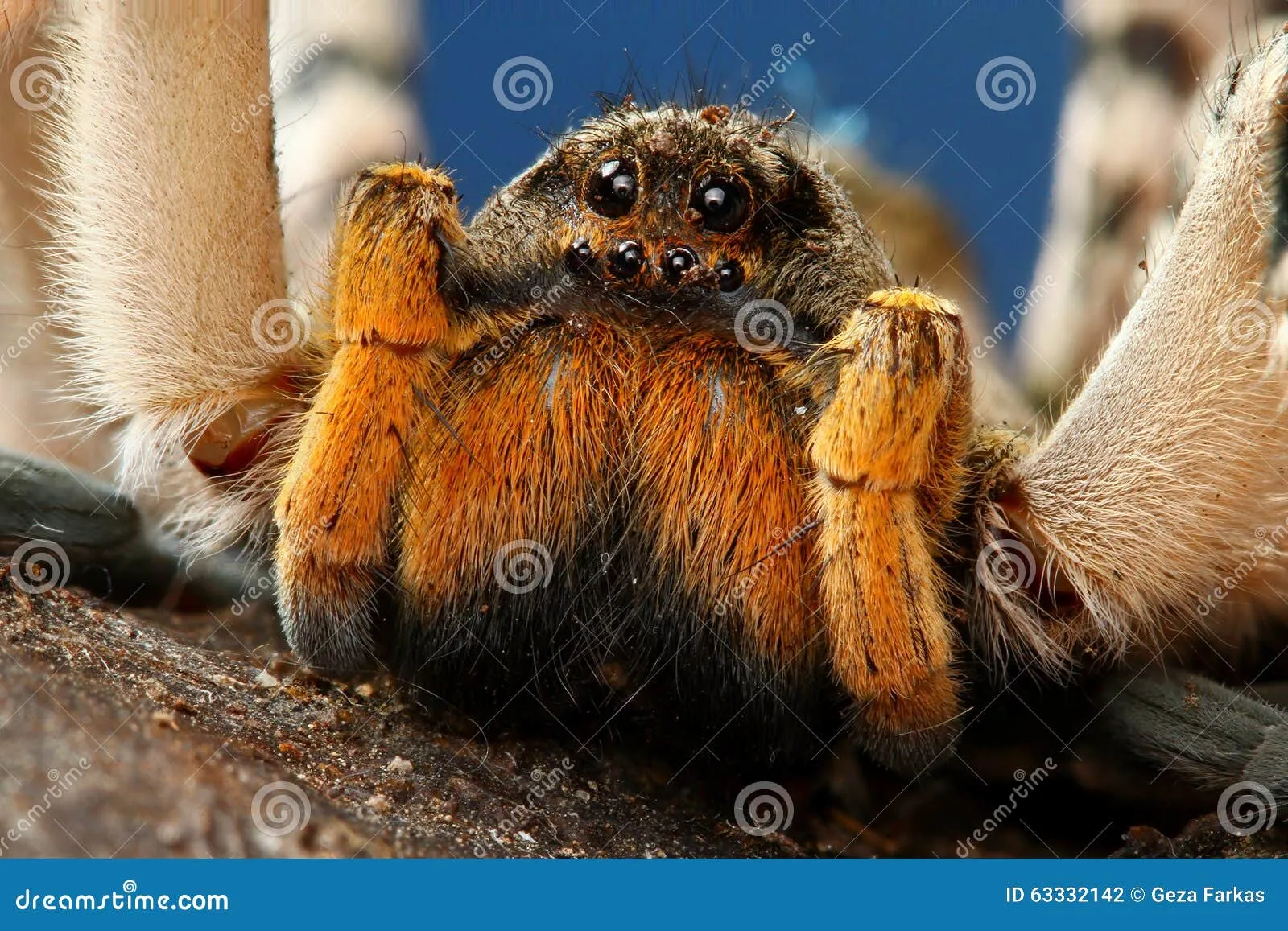
The Chinese Bird Spider (Cyriopagopus schmidti), also known as the Chinese earth tiger, is a large and colorful tarantula. They are known for their striking coloration, often featuring shades of red, orange, and brown. Their size is moderate compared to some other tarantula species, but their appearance makes them easily recognizable. The vibrant colors can serve as a warning signal, advertising their potential danger to predators.
Venom and Symptoms
The venom of the Chinese Bird Spider can cause significant symptoms in humans, including intense pain at the bite site, muscle cramps, and systemic effects such as nausea and vomiting. Although their venom is not usually lethal, the symptoms can be debilitating and require medical attention. The bite can be extremely painful, and the venom’s effects can last for several hours or even days.
Behavior and Temperament
Chinese Bird Spiders are known to be relatively defensive and may readily bite if they feel threatened. They are fast-moving and can be quite aggressive, making them more challenging to handle. They often exhibit a threat posture and may strike quickly, adding to their dangerous reputation. Their temperament and speed require extreme caution when handling or encountering this species.
The Tiger Tarantula
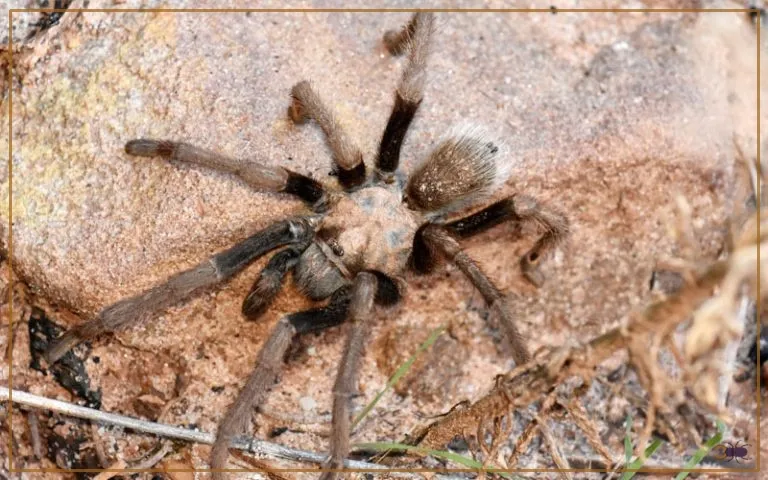
Appearance and Size
Tiger Tarantulas, often referring to species in the Psalmopoeus genus, are known for their striking patterns and relatively large size. They feature a tiger-like pattern on their bodies, typically with alternating bands of color. This coloration makes them easily recognizable. Their size and appearance contribute to their intimidating presence, adding to their reputation as a potentially dangerous species.
Venom and Bite
The venom of Tiger Tarantulas can cause significant pain and localized symptoms. The bite can be quite painful and may cause muscle cramping and other systemic effects. Although their venom is not usually life-threatening, the pain and discomfort can be substantial. They can also use urticating hairs as a defensive mechanism, causing further irritation to the skin.
Behavior and Aggression
Tiger Tarantulas are known for their defensive behavior and may become aggressive when threatened. They are quick to bite if they feel provoked. They often hide in crevices or burrows and may retreat from danger initially, but they can quickly turn to aggression if cornered or feel threatened. Their defensive nature adds to the need for careful handling and caution.
Safety Precautions
Handling Tarantulas
If you must handle a tarantula, always do so with extreme caution. Wear gloves to protect your hands from bites and urticating hairs. Avoid sudden movements that might startle the spider, and be mindful of their defensive postures. Handle them close to the ground to minimize the risk of a fall. Use appropriate tools to move them if necessary, and never underestimate the speed and agility of these spiders.
Avoiding Bites
The best way to avoid being bitten by a tarantula is to leave them alone. Do not attempt to handle or provoke them. Be cautious when working in areas where tarantulas are known to live, such as gardens or wooded areas. If you encounter a tarantula, observe it from a safe distance. Be aware of your surroundings and avoid putting your hands or feet where you cannot see. Educate children about the dangers of tarantulas.
First Aid
If you are bitten by a tarantula, remain calm and seek immediate medical attention. Clean the bite area with soap and water. Apply a cold compress to reduce swelling and pain. Monitor your symptoms closely, and report any unusual signs, such as difficulty breathing or severe allergic reactions, to your doctor. Antivenom may be necessary for some bites, particularly from the Brazilian Wandering Spider. Keep the spider if possible for identification purposes.
Conclusion
While most tarantulas are not a significant threat to humans, it is essential to understand that some species pose real dangers. By recognizing the most dangerous tarantulas and their specific characteristics, venom effects, and behaviors, you can take appropriate precautions. Respecting these spiders, handling them with care if at all, and knowing the basics of first aid can significantly reduce the risks associated with encounters. Knowledge and awareness are critical for safely appreciating these fascinating creatures.
